
views
Is A Swamp Cooler Right For You?
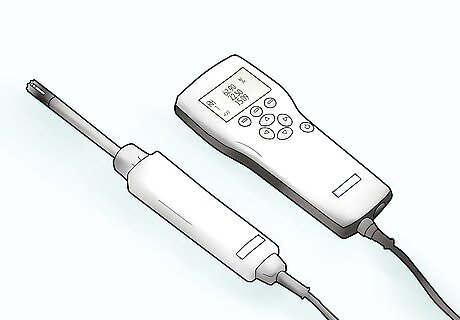
Check the average humidity in your area. Evaporative coolers work best with very low relative humidity and hot temperatures. If the average humidity in your area is 40-50%, an evaporative cooler will not work properly.

Check your water supply. Your swamp cooler will need a lot of water—as the name implies, it works by evaporation, so make sure you have plenty to go.
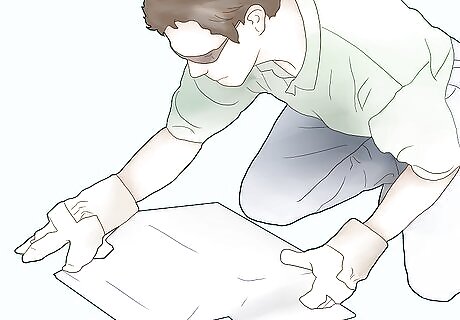
Assess your house ventilation. Swamp coolers will increase the humidity in your home significantly, so you need to have very good ventilation. Homes built for evaporative coolers will have the ductwork in place, but for most retrofit installations, you'll want windows opened. I know, you grew up with your dad telling you "close the windows, we aren't cooling the neighborhood," but with swamp coolers that's exactly what you want to do!
How Much Swamp Cooler Do You Need?
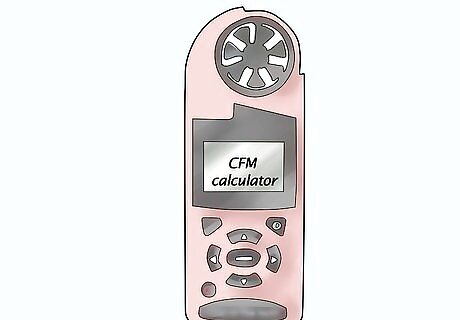
Calculate your CFM rating. Swamp coolers are rated by how much air the cooler can move, and is measured in cubic feet per minute (CFM).
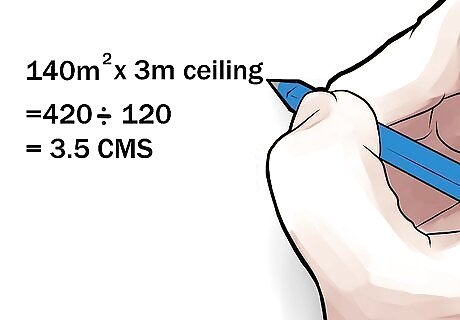
Use this formula to calculate the CFM needed to cool your home: Determine the area of the space you want to cool. Multiply this figure by the height of your ceilings. Divide that number by 2 (120 for European measurements). The result is the CFM rating for the evaporative cooler you need. For example: If you have a 1,500 square foot home with 8 foot (2.4 m) ceilings: 1,500 square feet x 8 feet (2.4 m). ceilings = 12,000 ÷ 2 = 6,000 CFM. You need a unit rated at 6,000 CFM or higher. Example 2, in CMS (cubic meters per second): If you have a 140m home with 3m ceilings: 140m x 3m ceiling = 420 ÷ 120 = 3.5 centimeters (1.4 in). You need a unit rated at 3.5 centimeters (1.4 in) or higher.
Install Your Swamp Cooler
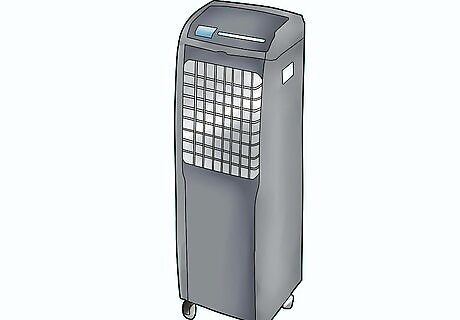
Purchase an evaporative cooler. Make sure that it's rated at least the minimum CFM (CMS) that meets your requirements.
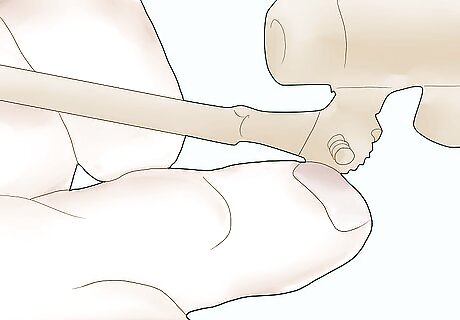
Set it up. Different types are installed different ways. Your dwelling may be pre-fitted for installation, and if so—install there. Swamp coolers are most efficient on the roof: cool air sinks, after all. But there may be issues with placement, leakage, or supply that prevent that. Consider portable evaporative coolers. They are also available in-wall or window-mounted. Make sure you follow the manufacturers instructions completely to maximize the output of your swamp cooler.
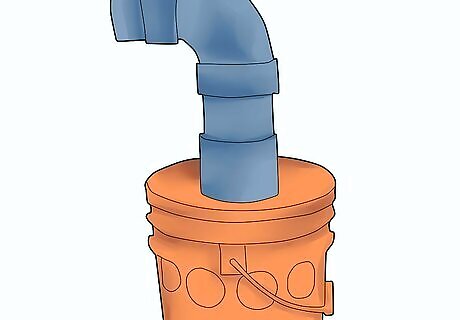
Create a "vent" to direct the cool air through the house. e.g. During the day open a window in the living room an inch or two and close the bedroom doors to cool the space you're using and cool less space. At night close the living room window and open one in each bedroom that will be used. Remember open the windows just a crack to direct air out without letting hot air in. Venting also prevents moisture build-up in your house will not only reduce the efficiency of the swamp cooler, it could also cause indoor humidity to run out of control and damage furniture, books, or musical instruments. This is because swamp coolers use moisture to cool the air. When there is too much moisture, the temperature won't change as much.
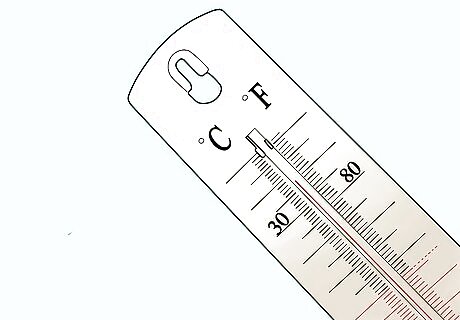
Wait until it's 85°F (30°C) or higher outside. Believe it or not, swamp coolers operate the best when it's warmer. The evaporation mechanism is most efficient when there is a significant difference between the cooling pads, the water, and the air, and as long as the outdoor relative humidity is less than 30%.

Clean the filter regularly. The water filter for the swamp cooler cleans out any impurities for maximum evaporation. When the filter is clogged, these impurities will get through and evaporation will slow, or stop altogether. If that's not enough to motivate you, consider why the evaporative cooler bears the euphemistic name swamp cooler. Early units had a problem with algae growth, and the resultant odor would make an alligator feel right at home.

















Comments
0 comment